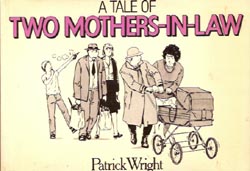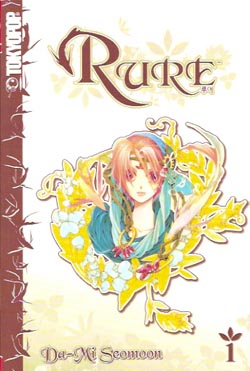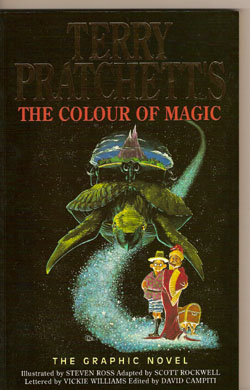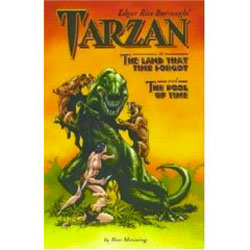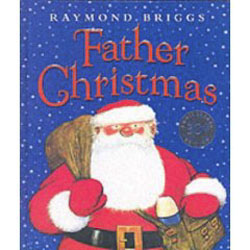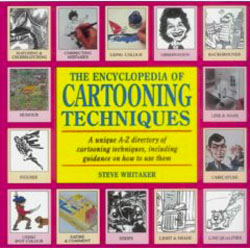UK EDITION

By various (Panini Publishing UK)
ISBN: 978-1-905239-62-7
Comics are a truly international enterprise and these days creators from other lands are commonplace. This volume collects three one-shots by artists and writers who usually work in the more mainstream environs of European comics publishing.
Kicking off is ‘Wolverine: Saudade’ written by Jean-David Morvan and illustrated by Philippe Bouchet. Morvan has written more than 80 graphic novels and is the current writer of Spirou & Fantasio. He has previously worked with Bouchet on Nomad and Sillage. Their interpretation of Wolverine is, regrettably, not in the same league as that latter incredible Sci-fi epic. On “vacation†in Brazil, the invincible hero falls foul of a scurrilous faith-healer while rescuing some mutant street-orphans in a stylish but vacuous tale that could have benefited from a more dutiful editor catching some of the more glaring syntax and mistranslation glitches.
A much better proposition is ‘Dead on Arrival’ a team-up of Daredevil and Captain America from the Italian duo Tito Faraci and Claudio Villa. Both work for the Italian Disney company as well as for such icons as Diabolik, Dylan Dog, Martin Mystére and Nick Raider. As well as illustrating some stories for the magazine, Villa is also the cover artist of the legendary spaghetti western series Tex.
In a dark and brooding race against time, the Man Without Fear has to track down a murderous foe that he thought long dead, unaware that Captain America is also hunting the killer, armed with the knowledge that the slightest misstep could lead to the destruction of all time and space… Stunningly illustrated and brilliantly plotted the only flaw in an otherwise perfect adventure thriller is the painfully verbose and overwritten dialogue, a tendency mercifully curbed for the last – and best – tale collected here.
‘Spider-Man in Venice: The Secret of the Glass’ is also written by Tito Faraci, and gleefully, gloriously drawn by Giorgio Cavazzano. This artist also works for Italian Disney as well as Sergio Bonelli Editore, in a sort of cartoony, universally acceptable light style that blends powerfully subtle expressionism with a strong naturalistic line, for a beautiful, subversive mesmerising effect.
On assignment in Venice, Daily Bugle photographer Peter Parker stumbles across an ancient blood-hungry menace that has escaped a fiery glass tomb. A delightful crossing of Buffy the Vampire Slayer with Scooby-Doo, this is a rare gem in anybody’s language.
This intriguing collection of one-off adventures features popular Marvel properties in tales crafted by foreign creators. I’m not sure if that isn’t patronising or even racist – it’s certainly an unnecessary distinction in an industry with a huge history of using creators because of their ability (or perhaps affordability), rather than something as irrelevant as nationality, but the stories themselves are an intriguing mix of perspectives, and I’m forced to admit, there are cultural differences to be seen… All in all, an experiment worth repeating and a book worth having.
© 2003, 2006, 2007 Marvel Characters Inc. All Rights Reserved.


